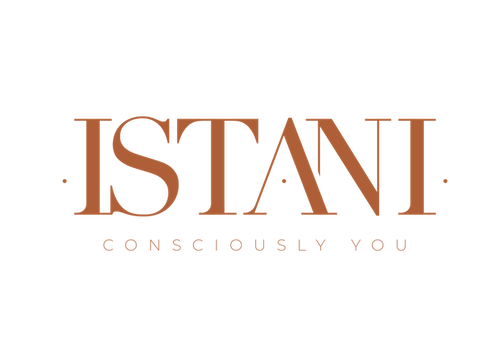Textiles are the hidden infrastructure of human history. They’ve powered trade, armed empires, marked spiritual life, and—today—fuel fast fashion. In many cultures, cloth isn’t just material; it’s a relational technology with social and sacred meaning.
The First Threads: Textile as Early Human Technology
Long before metal tools or paper money, humans twisted plant fibers into cord and cloth. Picture a person in the Caucasus 34,000 years ago teasing wild flax into thread—stitching skins into shoes, bundling provisions, surviving weather and distance. From those first experiments, cloth evolved into a force that could move armies, anchor economies, and shape cosmologies.
Wool & the Vikings: Sails That Conquered the North Atlantic

Viking expansion hinged on more than shipwrights; it relied on spinners and weavers. Dense, fulled wool sails—sometimes requiring wool from hundreds of sheep—were strong when wet, wind-tight, and flexible. Those sails didn’t just move ships. They redirected landscapes into pasture, created cottage industries in spinning and weaving, and connected North Atlantic economies.
Linen & Ancient Egypt: Purity, Economy, and Eternity
In the Nile Valley, flax became linen through pulling, retting, scraping, combing, spinning, and weaving. Linen’s cool whiteness symbolized purity; priests wore it, the dead were wrapped in it. Workshops produced vast stores for clothing, bedding, and burial, trading fine cloth across the Mediterranean. Linen functioned as currency, commodity, and cosmology all at once.

Silk & Rome: Luxury, Law, and Global Supply Chains
Rome’s appetite for Chinese silk was infamous; writers complained gold flowed east for shimmering thread. Laws tried (and failed) to curb male silk wearers; later, imperial codes reserved certain colors and weaves for the palace. Silk became a political tool and status technology—its route mapping an early global supply chain from Chinese sericulture to Roman elites.

Cotton, Colonialism & Slavery: Beauty Tied to Brutality
Indian muslin, calico, and chintz dazzled Europe. As demand soared, the British East India Company coerced production in South Asia while Britain mechanized spinning and weaving at home, gutting Bengal’s handloom sector. Across the Atlantic, the cotton gin supercharged plantation slavery. Raw fiber fed mills in Britain and New England, entwining colonialism, slavery, and industrial capitalism into one profit engine.

The Industrial Revolution: From Meaning to Yardage
Spinning jennies, water frames, and power looms multiplied output a hundredfold. Household craft became factory labor; cloth turned into standardized product measured in yardage, not lineage. Coal and steam powered mills; colonial raw materials kept them running. Finished cloth flooded back into colonies, undercutting local weavers and reinforcing imperial dependence.
Capitalism & Disposability: How Fashion Lost the Plot
Industrialization made cloth a commodity; modern capitalism perfected speed and churn. Seasonal novelty, planned obsolescence, and branding severed garments from the hands that grew, dyed, spun, and stitched them. The consequences are global: landfills in Ghana and Chile, polluted rivers, and garment workers risking their lives for pennies. Fashion sells aspiration while masking its costs.
Why This History Matters Now
Across millennia, textiles have been technology, currency, weapon, symbol, and inheritance: sails that crossed seas, linens that wrapped the dead, silks that signaled power, cotton that bankrolled empires. To ignore this is to misunderstand the fabric of our present. The shirts on our backs carry lineages—of labor, soil, dye, and story—whether we honor them or throw them away.
FAQ: Textiles, History & Fast Fashion
What makes textiles a “technology”?
They convert raw fiber (plant/animal) into durable tools—cordage, sails, shelter, clothing—using methods like spinning, weaving, felting, and dyeing. Technologies are problem-solving systems; textiles meet core human needs.

Did silk really drain Rome’s gold?
Roman authors complained that luxury imports, especially silk, sent wealth east. Whether exaggerated or not, the debate shows how textiles shaped early global trade balances and moral politics.
How did cotton tie together empire and industry?
Coerced production in South Asia + enslaved labor in the Americas supplied raw fiber to British and New England mills. Finished textiles then dominated colonial markets—profit at every step, dependence at the end.
What is “fast fashion,” and why is it harmful?
It’s a high-velocity business model producing cheap, trend-driven garments with short lifespans. It externalizes costs to workers and ecosystems, driving overproduction, waste, and pollution.


